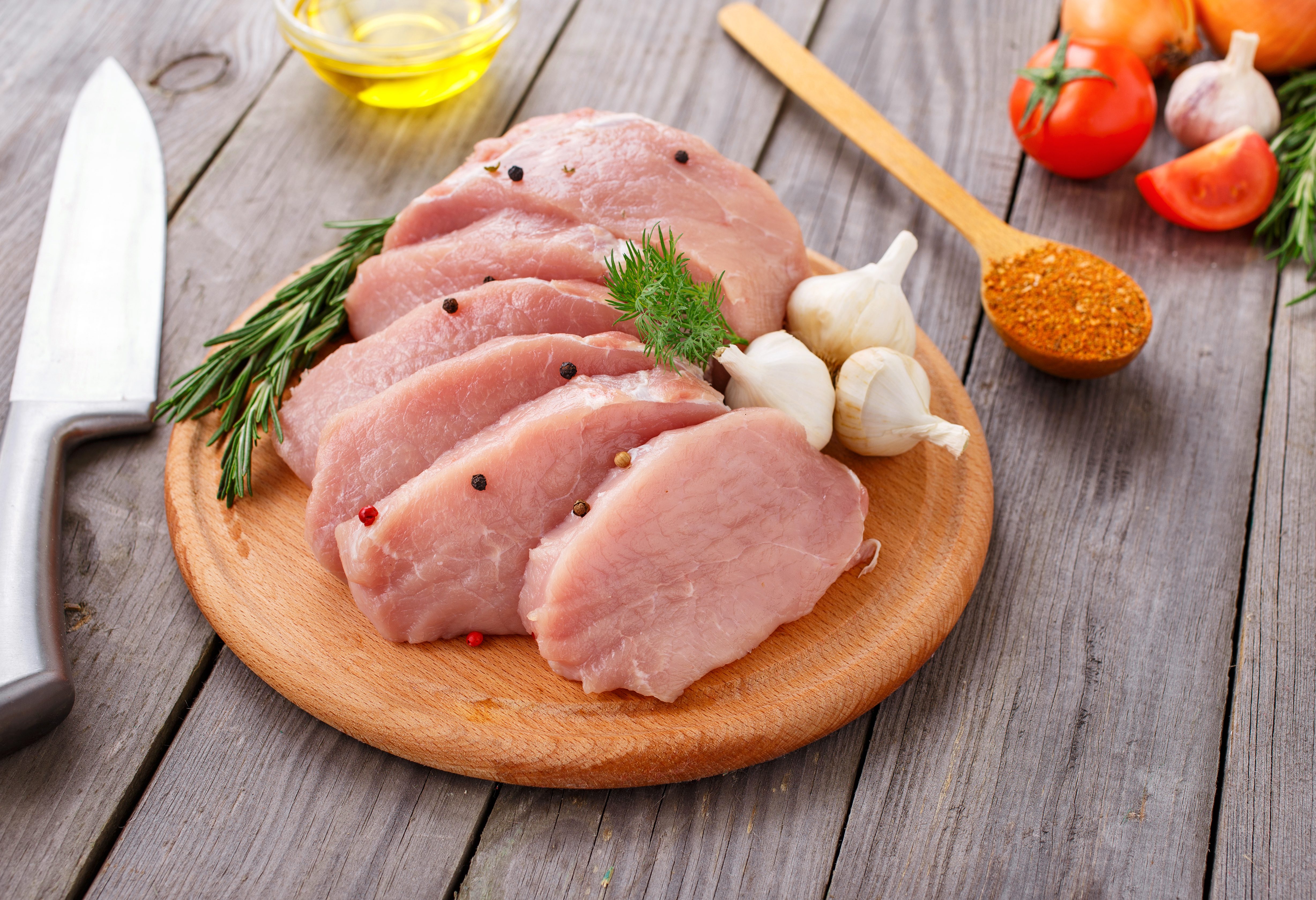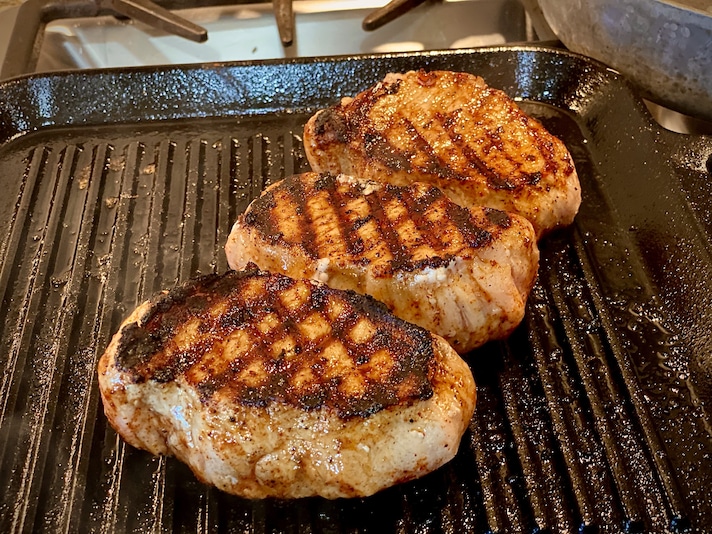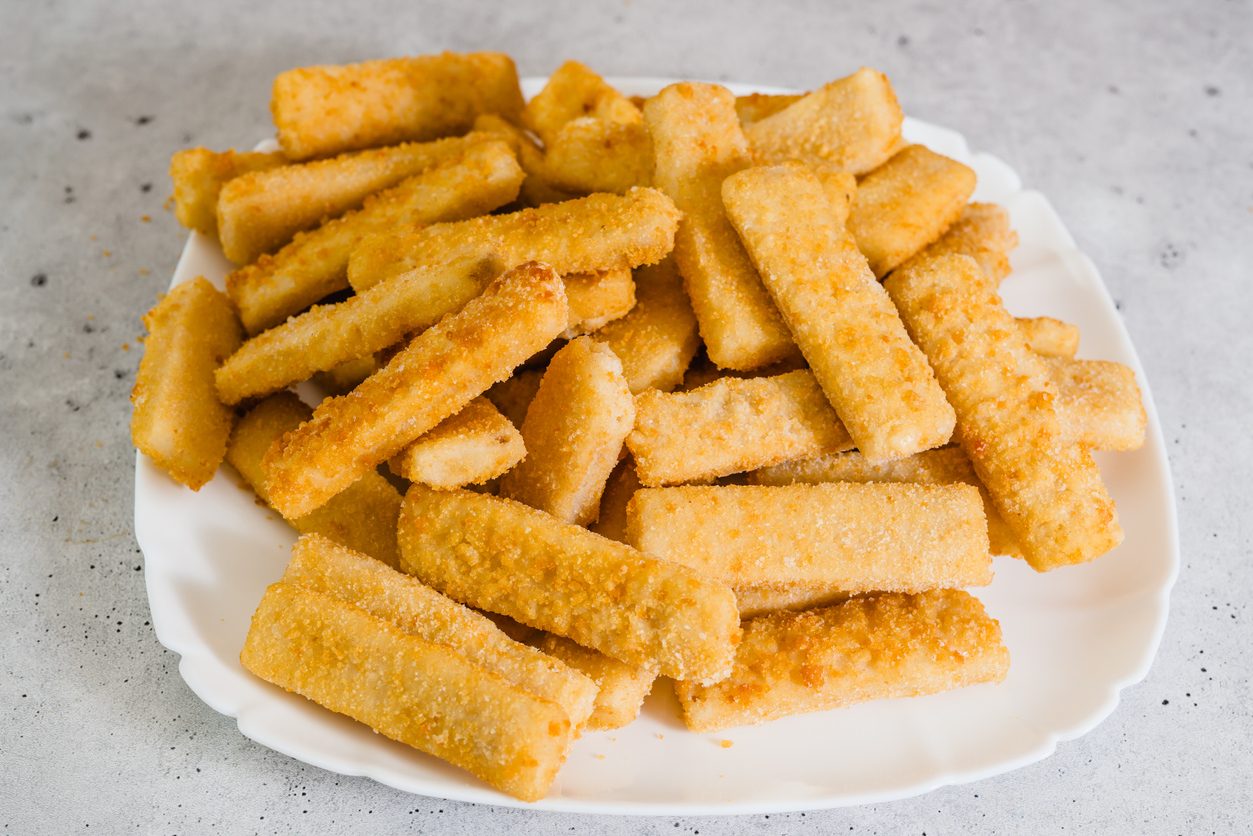Here’s Why You Should Never Cook With Boneless Pork Chops
Boneless pork chops may look like an easy dinner win, but they’re often a one-way ticket to dry, flavorless disappointment. Here’s why skipping the bone might just be the biggest mistake you’re making in the kitchen.
;Resize,width=742;)
Boneless pork chops seem perfect for quick dinners. They're fast to cook and easy to handle since they have no bones. However, once they're in a hot pan, they often turn out dry and tasteless, like plain bread—okay when you're in a rush, but not anyone's top choice.
No Bones, No Flavor
Bones do more than give structure—they add flavor, too. Bone-in chops keep more moisture and taste better because the bone controls the heat during cooking. This even cooking keeps the meat juicy. Without bones, boneless chops dry out quickly, similar to an overcooked Thanksgiving turkey. And hoping for a good sear to improve them just won't work.
Thin Isn’t Always Best
In stores, boneless chops are often cut very thin, which makes them cook very fast—but that's not always a good thing. They can go from raw to overcooked in no time, and without a thermometer handy, it's easy to miss the right moment. The inside might be safe to eat, while the outside becomes too dry and tough. Nobody wants pork that tastes like tough leather.

Lack of Fat, Lack of Fun
Boneless chops usually have barely any fat left on them. Without fat, there is nothing to keep the meat juicy as it cooks. Fat is not just there to clog arteries; it adds flavor and helps keep meat moist and tender. Boneless chops offer a lean cut that requires constant attention to avoid drying out. Easy to buy, but much harder to cook well.
Not Good for All Cooking Methods
If you try stuffing, pan-roasting, or slow-cooking boneless chops, you'll face challenges. They aren't great for these methods. Bone-in cuts hold their shape and texture better during long or complex cooking. Boneless ones often become soft or dry. The idea that they're versatile is just a myth.
;Resize,width=767;)
;Resize,width=712;)

;Resize,width=712;)
